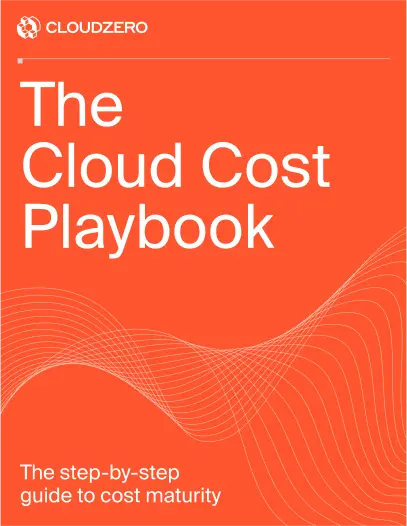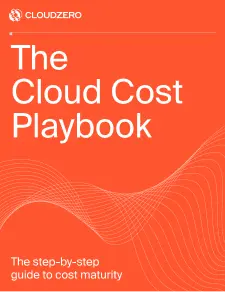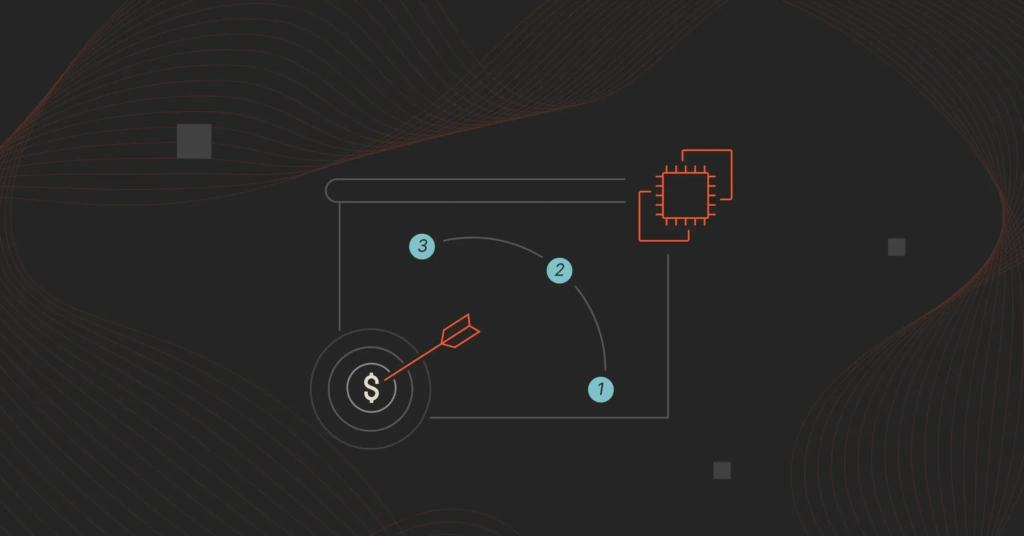As a framework for goal-setting, the Objectives and Key Results (OKRs) methodology is an incredibly useful tool when implemented properly. It can help your engineering team better plan and stay aligned toward common objectives through the duration of the development process.
On an individual level, OKRs can also encourage each team member to make personal progress toward their own goals or common team goals that would benefit the company.
However, as with most frameworks, engineering OKRs are only as helpful as you make them.
OKRs for engineering teams should ideally track concrete, measurable key results that fit under broader objectives. The broad objectives serve as a compass, telling each individual on the team which direction to head. The key results then provide specific metrics by which to gauge progress toward those overarching goals.
What Are Some Examples Of Engineering OKRs That Teams Can Use To Set Clear Goals?
An OKR is only useful if it can be used to track progress and align a team toward a specific target. The operative word, in this case, is specific.
Though most of the below examples provide goalposts for your team in broad strokes, you will want to narrow down each key result so there is a clear and measurable pass/fail result by the time the deadline for that objective has passed.
Avoid vague goals that lack measurable ways to measure progress. If you want to “build better software,” for example, how would you know when you’ve reached that goal?
Adjust each metric and deadline to suit your company’s needs before you implement any of the following OKRs.
Objective: Improve product stability and usability by next year
- Key result #1: Reduce downtime 30% by next year.
- Key result #2: Receive 50% fewer critical bug reports in the next year.
Objective: Boost the user experience by next quarter
- Key result #1: Reduce response time to bug reports from 48 to 24 hours.
- Key result #2: Reduce the time it takes for users to perform important actions by 20% by building a more efficient menu.
Objective: Improve margins companywide
On the engineering side, architecting cost-efficient systems and building economical software could go a long way toward helping the company reach this objective.
- Key result #1: Decrease cost per customer 10% next quarter.
- Key result #2: Reduce cost per product by 5% next quarter.
Objective: Significantly reduce cloud costs this quarter
This OKR could stand on its own or serve as an engineering-specific subset of the previous company-wide goal.
- Key result #1: Develop a clear outline of unit costs for each feature this quarter.
- Key result #2: Cut two unnecessary expenditures and find more cost-efficient options before next quarter.
- Key result #3: Keep costs per transaction stable in the next quarter.
- Key result #4: Work toward coming within 10% of the annual budget by coming within 10% of this quarter’s budget.
Objective: Increase knowledge about cloud spend this year
This is an example of an OKR that could work on a team level or an individual level.
- Team key result: Everyone attends one cost literacy webinar each quarter.
- Individual key result: Attain a new cloud certification this year and make sure all prior certifications are up to date.
Because OKRs are a way of keeping your teams aligned toward common goals, a natural hierarchy often emerges. You might find that each team member’s individual OKRs fit under a team-wide umbrella.
Likewise, each team’s OKRs should fit comfortably under the goals set for the company as a whole. When everyone pushes in the same direction, the company can move forward faster.
Inform Your OKRs With Cost Intelligence
Most engineering teams have little insight into the biggest drivers of their cloud costs, let alone how they can better manage their cloud investment. That makes it difficult to begin to define key results for an objective related to reducing cloud costs, let alone track those key results to achieve the objective.
Using a platform like CloudZero, which provides extensive cost visibility into cloud spend, enables organizations to understand what they are spending and how much value they’re getting back as a result.
CloudZero gives you the what, why, and where of your AWS investment. Engineering can self-serve and explore the cost of their architecture and apps — enabling them to make cost-aware engineering decisions that ensure your team stays within budget and you maintain profitability for your company.
 to see how CloudZero can give you the cost intelligence you need to make informed engineering, product, and business decisions.
to see how CloudZero can give you the cost intelligence you need to make informed engineering, product, and business decisions.








